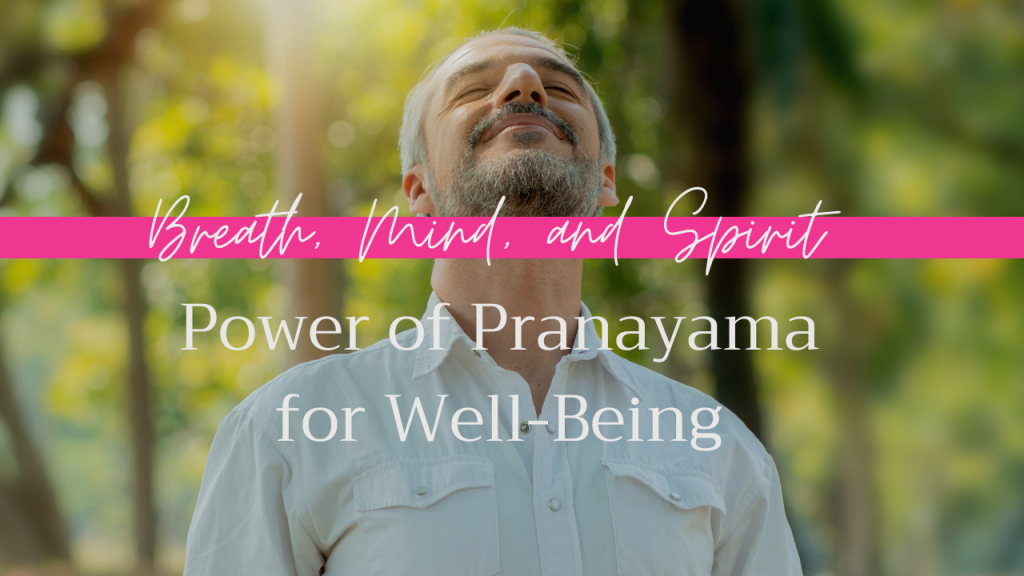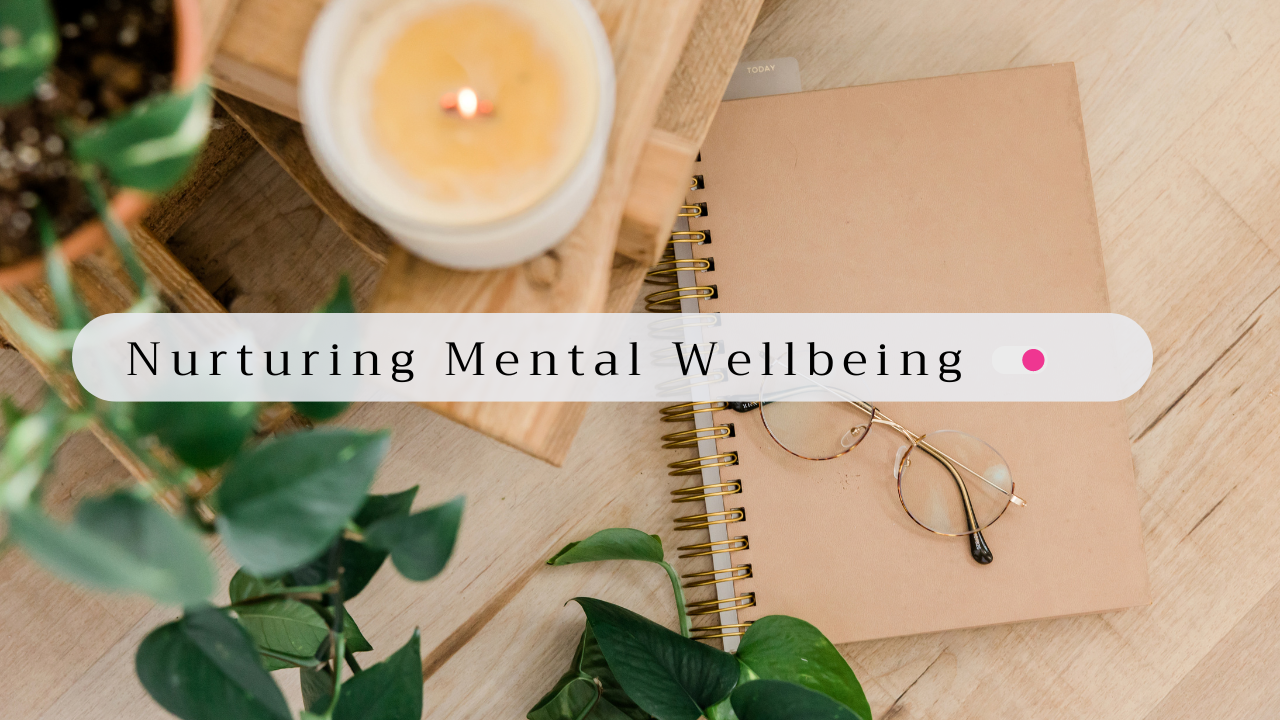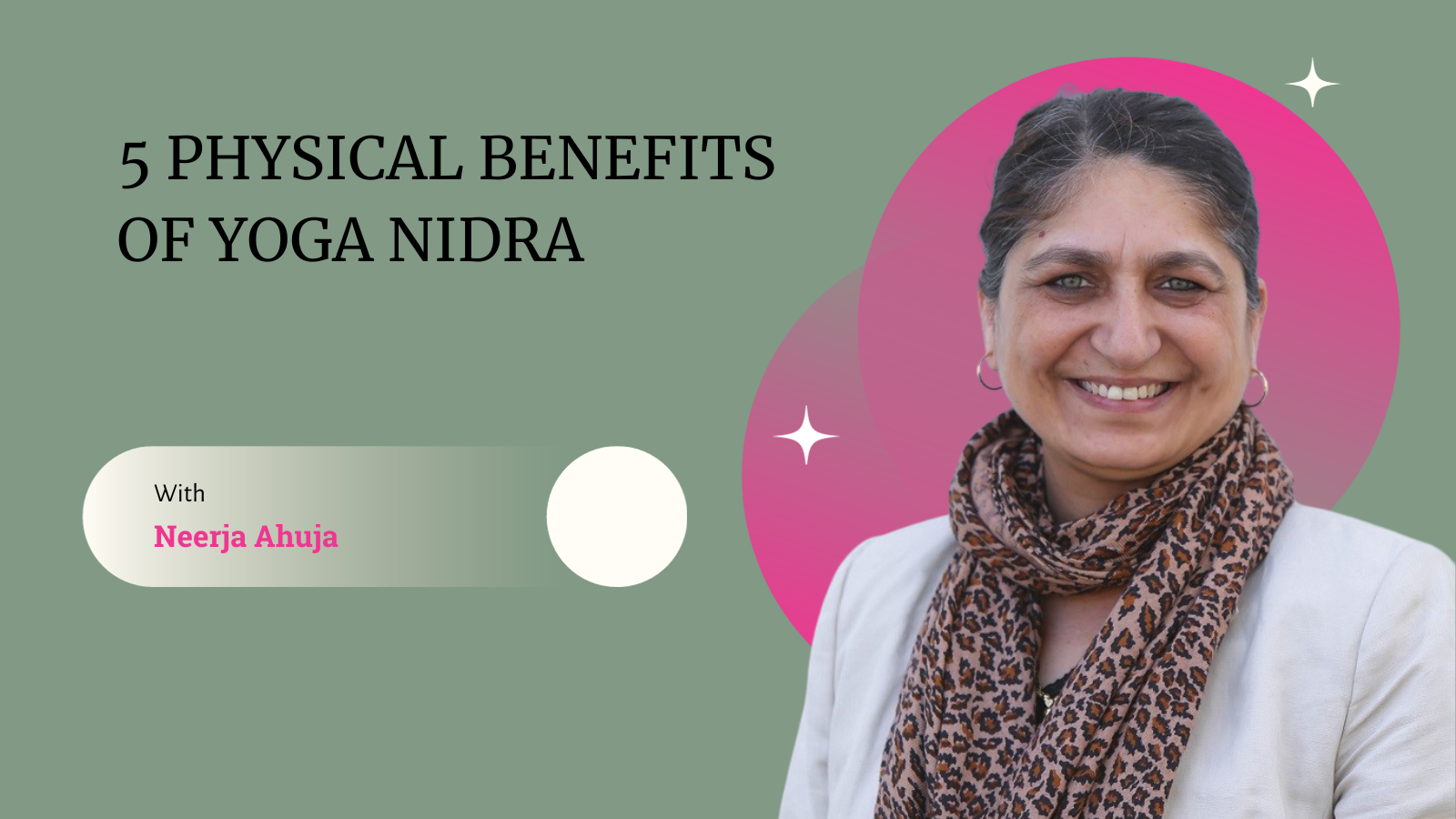
Yoga, an ancient science, is all about connecting your mind and body, and helping your Spirit grow. One of its important skills or “limb” is something simple but powerful: your breath. The word pranayama comes from two separate words: prana and ayama. Prana means life force, or life essence or breath, and Ayama has many different meanings, including expansion, length, and rising. Pranayama, is the art of controlling, lengthening, or expanding your breath. Yoga and Ayurveda are sister sciences with same fundamental principles and both work with breath to bring health.
The Historical Context of Pranayama:
Around 200 BC, Patanjali, an Indian sage, physician, philosopher and grammarian, wrote the Yoga Sutras. He is considered the founding father of modern yoga and had a whole section dedicated to Pranayama.
In 15th century, we have another book, the Hatha Yoga Pradipika, or light on Hatha Yoga, written by Svatmarama. This book dives even deeper into the techniques and benefits of Pranayama. It expands on the foundational principles given in the Yoga Sutras and provides detailed instructions on breath control practices.
The heart of Pranayama is about understanding two crucial things: prana Shakti (life force) and Chitta Shakti (mental force or consciousness). These are like the power sources for our body and mind.
Prana, the “vital breath” or “life force energy,” is the essence of life itself. It is the subtle energy that flows through every atom and cell of our being. Prana is responsible for the functions of our physical body and influences our mental and emotional states.
Prana Shakti is like the invisible energy that keeps your heart beating, your lungs breathing, and your body going. It is responsible for your physical health and affects your thoughts and emotions.
Chitta Shakti is your mental force. Chitta influences every aspect of our existence. It shapes our perceptions, beliefs, and reactions to the world around us. It is the source of creativity, intuition, and self-awareness. It is where your thoughts, feelings, and memories live. It is like the canvas for your mental and emotional experiences.
These two forces are linked. Prana gives Chitta the energy to do its thing, and Chitta can also affect how prana flows in your body. When these two are in balance, life is good, and we experience a harmonious and fulfilling life.
The Mind-Body Connection:
The mind-body connection is a central theme in both yoga and Ayurveda. Pranayama is a bridge between these two worlds of body and mind, providing a tangible means to harmonize physical and mental well-being. Your breath, something we usually don’t pay much attention to, becomes a powerful tool. It helps you tap into your inner self, explore higher consciousness, and unleash your full potential.
Science of Pranayama:
Pranayama is an important part of mind-body practices like yoga, ayurveda and meditation. Engaging in mind-body practices, including Pranayama, leads to positive changes in gene expression related to immune function, stress response, and inflammation. This highlights the complex connection between our breath, mind, and physical well-being. It can activate your “rest and relax” mode, making you feel calm. Plus, it can lower your stress hormone levels and heart rate. So, Pranayama is like a natural stressbuster. It can calm down the part of your brain that deals with emotions, making you more emotionally stable and less impulsive.
Stress, anxiety and depression can play a role in the onset and progression of many other illnesses. Pranayama helps in the prevention of those other diseases by helping reduce stress levels, anxiety, and depression, and enhancing well-being and bringing peace of mind. By activating the Vegas nerve through deep and slow breathing, other than exercise and meditation practices, one can overcome anxiety and depression, bringing long term improvement in well-being.
Physiology of Breath
Breathing involves the rhythmic expansion and contraction of the diaphragm, the primary muscle responsible for inhalation and exhalation. It expands when you breathe in, pulling air into your lungs, and relaxes when you breathe out, letting air flow out. Chest breathing or shallow breathing indicates stress to the brain. Deep abdominal breathing not only brings a rich supply of oxygen but also gives the message to the brain that all is well. Opposite is also true. When you are feeling stressed or angry, try some deep and slow breathing! The mood will change very quickly. So, slow breathing or pranayama is a simple and effective way of changing the mental state.
The Autonomic Nervous System (ANS) is the body’s automatic regulatory system, responsible for functions such as heart rate, digestion, and respiratory rate. It is divided into two branches: the Sympathetic Nervous System (SNS), responsible for the “fight or flight” response, and the Parasympathetic Nervous System (PNS), responsible for the “rest and digest” response.
Pranayama plays a significant role in modulating the ANS. Slow, deep breathing techniques activate the PNS, promoting relaxation and reducing stress. And fast, shallow breathing triggers the SNS, bringing heightened alertness and arousal. Understanding this connection is crucial in harnessing the power of Pranayama for mental and spiritual growth.
Some Common Pranayama Techniques:
Pranayama is a collection of different kinds of techniques. The breath can be slow and steady, or strong and forceful. A few popular ones are
- Anulom Vilom (Alternate Nostril Breathing), used for balancing your energy and calming your mind.
- Kapalabhati (Breath of Fire, or Skull Shining Breath) cleanses your mind and energizes you.
- Bhramari (Bumble Bee Breath) soothes your nerves and reduces stress.
- Ujjayi (Victorious Breath) enhances concentration and calms and yet invigorates your mind.
There are many more techniques which can be used to generate heat, cool down the body, increase focus and concentration, calm the mind or cleanse, and balance the energy pathways.
We must learn these practices from a teacher as there can be fine tuning required and some of the pranayama techniques may have undesirable effect if not done properly.
Mind-Body Connection – Relationship Between Mind and Breath, Pranayama, and Emotional Stability:
The profound relationship between breath and mental well-being is at the heart of pranayama practice. While breath is an automatic and continuous process, conscious manipulation of the breath can have a real impact on the mind.
Pranayama taps into the Parasympathetic Nervous System (PNS), your “rest and relax” system, making you feel calm and reducing stress. It’s like a shield against today’s stress-filled world. The slow, deliberate breathing techniques soothe the nervous system, helping to ease the physical and mental manifestations of stress, including muscle tension, anxiety, and racing thoughts. Pranayama helps you concentrate better, which is very useful when distractions are everywhere. Different types of pranayama produce specific physiological responses and it greatly depends on type and duration of the practice.
In Pranayama, you can control diaphragm to affect your mental and physical state, bringing calm and balance.
It has been reported for example that Bhramari Pranayama practice is effective for correcting the hormonal imbalance conditions and other disorders like hypertension, anxiety, and depression. The calming effect of the Bhramari Pranayama helps in overcoming drug dependency.
Pranayama isn’t just ancient wisdom; now science backs it up that it reduces anxiety and depression, improve emotional regulation, helps you sleep better, and eases the effects of PTSD. So, it’s not just breathing; it’s a mental health tool.
Pranic body and pancha kosha – pranamaya kosha, pancha prana
According to yoga and ayurveda, body is made up of five sheaths or layers.
- Annamaya-kosha (food sheath)
- Pranamaya-kosha (vital sheath)
- Manomaya-kosha (mental sheath)
- Vijnanamaya-kosha (intellect/intuitive sheath)
- Anandamaya-kossa (bliss sheath)
The Pranamaya Kosha, is the vital sheet or energy sheath that fuels your physical, mental, and even Spiritual self. It’s the link between your body and the deeper aspects of your being. Pranamaya kosha is fueled by the prana or life force absorbed through the breath, through food, and from the cosmic Universal life- force that surrounds and permeates us. The practice of pranayama helps to keep this energy flowing freely. This affects the health of the physical body as well.
Your physical body, the annamaya kosha and this pranamaya kosha work together to keep you healthy. The Pranamaya Kosha connects the dots between your physical self and your deeper inner world. The ancient science of yoga covers a profound exploration of the mind-body connection and Spiritual growth.
At its heart lies this fundamental element that serves as a bridge between the physical and the metaphysical – your breath. Pranayama, the yogic science of breath, is a foundation of this practice, offering a pathway to unlock the profound potential of the human Spirit.
“Prana” is the five primary life forces, collectively known as “prana vayus.” It is responsible for the breath, the movement of energy, and the functioning of the mind. Prana’s balanced flow throughout the body is vital for maintaining health, and its disruption can lead to various ailments.
5 Prana or the five vital energies, govern various functions within the body. These energies are called prana, apana, vyana, samana, and udana. Each has a distinct role and impact on our physical and mental health according to Ayurveda. Prana’s role is in inhalation, apana’s role in elimination, vyana’s role in circulation, samana’s role in digestion, and udana’s role in speech and expression.
Pranayama plays a vital role in cleansing and purifying the pranic body or pranamaya kosha. Specific Pranayama techniques can help remove blockages and imbalances in the flow of prana, restoring harmony and vitality. An imbalance in any of these pranas can manifest as physical or mental disorders. Pranayama offers a powerful means to regulate and harmonize Pancha Prana.
Breath awareness in everyday life – some tips, benefits of conscious breathing
- Pranayama in Yoga Practice : Pranayama serves as a valuable complement to physical yoga asanas (postures). By integrating breath control with movement, practitioners can deepen their yoga experience, improving flexibility, balance, and focus.
- Pranayama in Meditation : Meditation and Pranayama are inseparable companions on the path to self-realisation. Controlled breathing in pranayama enhances meditative experiences, calming the mind and helping in concentration.
- Pranayama in Daily Life: Other than formal practice sessions, you can cultivate breath awareness throughout your daily life. This mindfulness brings a sense of presence and well-being, reducing stress and promoting emotional resilience. Conscious breathing can be used in any situations, e.g during work, exercise, or moments of stress to ease situation.
- Pranayama for Holistic Health: For those with specific health concerns, specific Pranayama practices can be used. Whether you’re looking for respiratory relief, cardiovascular support, or stress management, you can tailor Pranayama techniques to your needs. Pranayama contributes to holistic health by addressing physical, mental, emotional, and Spiritual dimensions.
The Lifelong Journey
Pranayama is not a destination but a lifelong journey. Whether you’re a beginner or an experienced practitioner, the path of Pranayama continues to unfold, offering deeper layers of self-awareness and spiritual growth.
Practical application of pranayama
At the end, reminding some of the practical applications of pranayama:
- Stress Management and Relaxation
- Enhancing Mental Clarity and Focus
- Emotional Resilience and Well-being
- Physical Health and Vitality
- Spiritual Growth and Self-Realization
- Ease body’s response to stress and anxiety
- Help improve immunity
In summary, we can say the ancient practice of pranayama brings together age-old wisdom with modern scientific support, making it a valuable tool for enhancing our overall well-being. This practice, rooted in history and backed by research, offers a practical means to reduce stress in our fast-paced world. Its impact on the connection between our mind and body, as evidenced by reduced stress levels, improved emotional control, and heightened cognitive function, makes it as an essential mental health resource.
Pranayama’s holistic advantages, including balancing vital energies and strengthening immunity, provide a comprehensive approach to health. As we integrate pranayama into our daily lives, it becomes a lifelong journey, guiding us toward self-discovery, equilibrium, and the realisation of our untapped potential—aligning perfectly with our pursuit of well-being and fulfilment.



